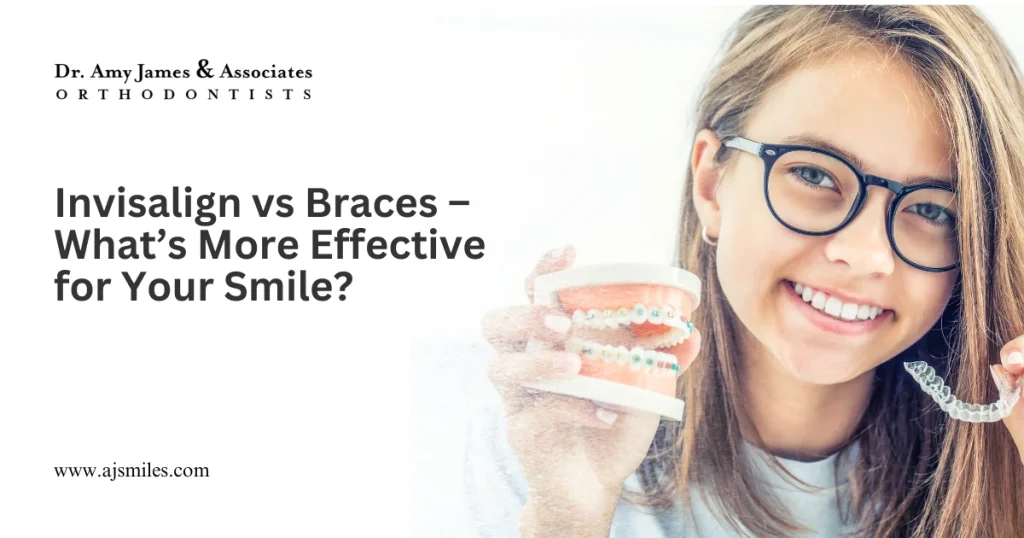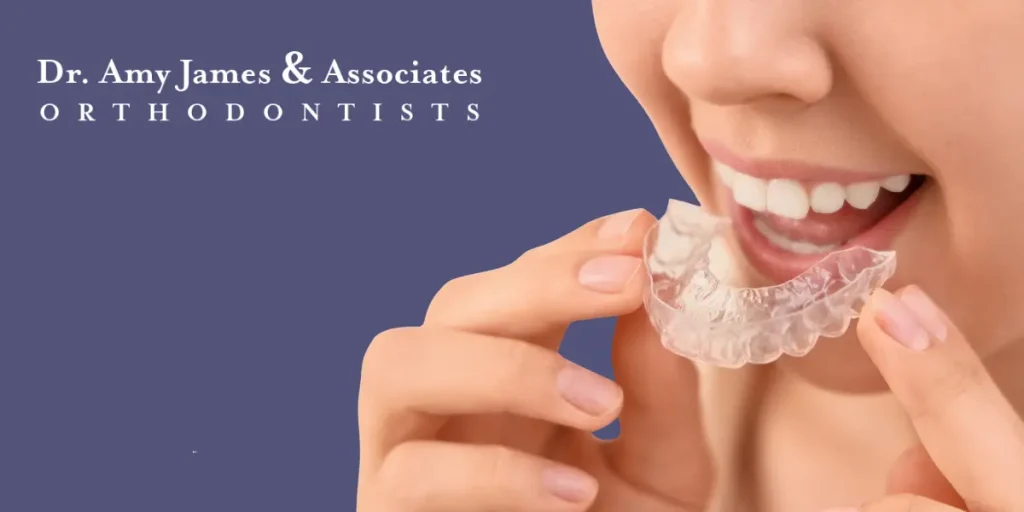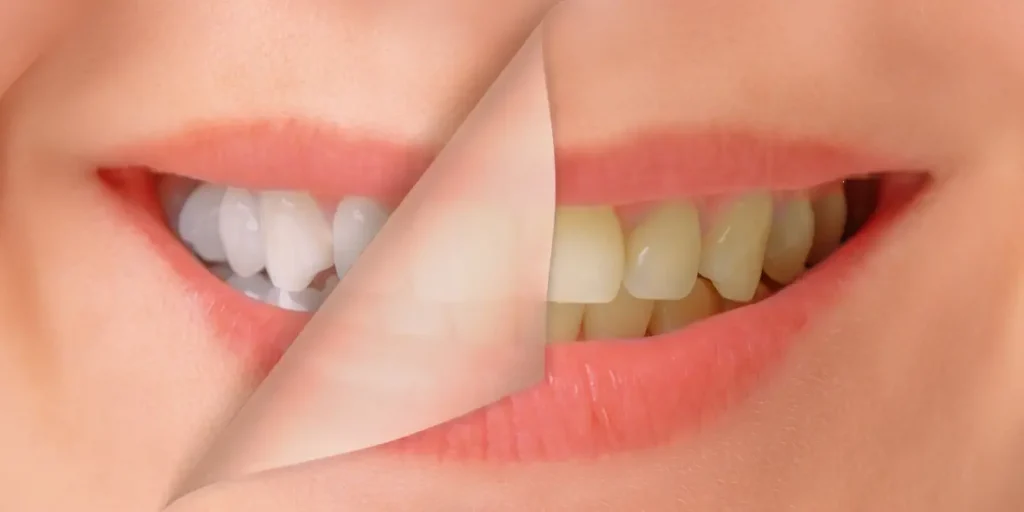When it comes to straightening teeth, two options dominate the conversation: Invisalign vs braces. Both are great orthodontic treatments, but they look, feel, maintain, and treat differently. So, how do you know which one is better for your smile? The answer depends on your unique dental needs, lifestyle, and personal preferences. In this post, we’ll break down the differences to help you decide.
What are Braces?
Traditional braces use metal brackets and wires to move teeth into place. They are worn for 18 to 36 months and are adjusted by an orthodontist every 4 to 6 weeks. Over time, the wires apply steady pressure to move your teeth and correct bite issues.
Braces are great for:
- Complex alignment issues
- Severe crowding or spacing
- Jaw corrections (overbite, underbite, crossbite)
Modern braces come in different styles, including ceramic (tooth colored) and lingual (behind-the-teeth) options, which offer some level of discretion compared to older, bulky versions.
What is Invisalign?

Invisalign uses a series of clear, removable plastic aligners to gradually move your teeth into the desired position. These aligners are custom-made based on 3D scans of your mouth and must be worn 20–22 hours a day for best results. They are replaced every 1 to 2 weeks to continue the movement process.
Invisalign is used for:
- Mild to moderate alignment issues
- Minor spacing or crowding
- Patients who want a nearly invisible treatment
It’s especially popular among adults and teens who want a more discreet and flexible alternative to metal braces.
Effectiveness: Invisalign vs Braces
When it comes to effectiveness, both work but they shine in different ways.
Braces: Best for Complex Cases
Braces are still considered the most effective option for complex orthodontic cases. They have more control over tooth movement, especially for cases involving:
- Significant rotations
- Vertical movement
- Severe bite problems
Because braces are fixed to your teeth and not removable, they work continuously and can correct tough cases that Invisalign may struggle with.
Invisalign: Great for Mild to Moderate Cases
Invisalign is effective for patients with mild to moderate alignment issues. With regular use and good compliance, the results can be comparable to those achieved with braces. Invisalign is ideal for –
- Slightly crooked teeth
- Minor gaps
- People who don’t want to look and feel like they have metal brackets
However, Invisalign may not be suitable for complex jaw misalignments or more advanced bite corrections.
Appearance and Comfort of Invisalign vs Braces
Invisalign:
- Nearly invisible
- Smooth plastic aligners mean fewer mouth abrasions
- No dietary restrictions (you can remove them to eat)
- More freedom but more responsibility (you must wear them consistently)
Braces:
- Visible brackets and wires
- Can cause irritation inside the mouth
- Certain foods (like sticky or hard snacks) should be avoided
- No need to worry about taking them on or off
If you’re concerned about looks or work in a public-facing role, Invisalign may be the better choice.
Maintenance and Oral Hygiene
With Invisalign, you can remove the aligners to brush and floss normally. Braces require a bit more effort—cleaning around brackets and wires can be tricky, and special tools like interdental brushes or water flossers may be needed.
For some people, this added hygiene routine is a deal-breaker. For others, it’s just part of the process.
Treatment Time for Invisalign vs Braces
In general:
- Braces: 18–36 months (depending on the complexity)
- Invisalign: 6–18 months (for most mild-to-moderate cases)
Keep in mind that Invisalign’s success relies heavily on wearing the aligners consistently. If they’re not worn for the recommended 20–22 hours daily, treatment could take longer.
Cost Comparison for Invisalign vs Braces
The cost for both treatments can be similar, though braces are often slightly less. Invisalign may have a higher upfront cost due to the custom 3D scanning and aligner production process. However, many dental clinics offer financing plans to make both options affordable. Always check with your dentist and insurance to see what’s covered.
So, Which One Is More Effective?
There’s no one-size-fits-all answer. Both Invisalign and braces are effective tools for straightening teeth and improving your smile. The right choice depends on:
- The severity of your dental issues
- Your lifestyle and age
- Your budget
- Your commitment to wearing aligners when choosing Invisalign
If you have complex alignment issues or bite issues, braces may be the most effective choice. If you’re looking for a discreet, convenient way to fix mild to moderate problems, Invisalign could be a great choice.
Why AJ Smiles?
Choosing AJ Smiles for Invisalign vs braces means getting personalized, expert care in a friendly and comfortable environment. Our experienced team uses advanced technology to create custom Invisalign treatment plans that fit your lifestyle and deliver real results. Whether you’re dealing with crowding, gaps, or bite issues, AJ Smiles makes the process easy and discreet so you can get a straighter, healthier smile without the hassle of traditional braces.
Conclusion
Ready to start your smile transformation? Book your free Invisalign consultation today. Invisalign vs Braces? Book with your orthodontist to find out. They’ll examine your teeth, chat with you, and help you decide the best for your smile. Either way, you’re investing in your health, confidence, and a future full of smiles.




